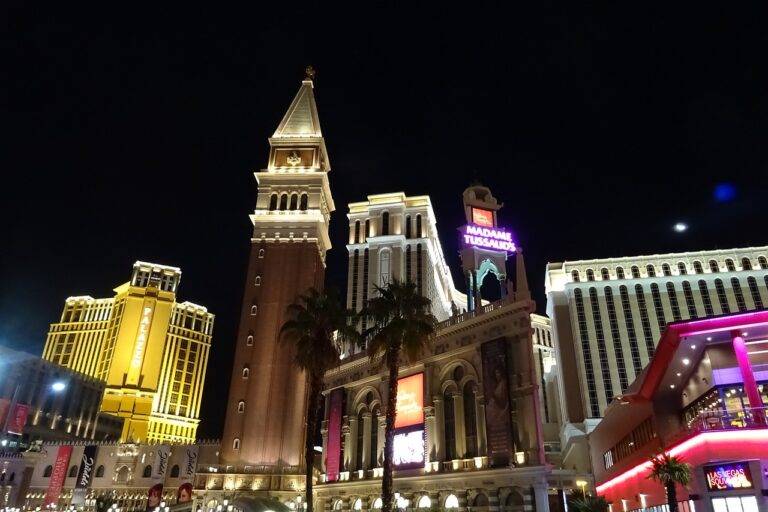The Influence of Architecture on Set Design in Film and TV
Set design in film and television has come a long way since the early days of silent cinema. In the early 1900s, sets were often simplistic and lacking in detail, serving mainly as backgrounds for the actors. However, as the medium evolved and technology advanced, set designers began to play a more integral role in shaping the overall aesthetic of a production.
With the advent of sound in film, set design took on a new level of importance. Sets now had to not only look visually appealing but also serve practical purposes, such as enhancing the acoustics of a scene. This led to a greater emphasis on realism and attention to detail in set design, with designers drawing inspiration from various architectural styles to create immersive and believable worlds for audiences to explore.
The Role of Architectural Styles in Creating Atmosphere
In film and television, the choice of architectural styles plays a crucial role in setting the atmosphere for a story. Whether a production is aiming to create a sense of grandeur and opulence or a more intimate and cozy ambiance, the architectural elements incorporated into the set design can greatly influence the viewers’ perception of the narrative.
For example, the use of Gothic architecture with its pointed arches and ornate details can evoke a sense of mystery and foreboding, adding depth to a horror film’s storyline. On the other hand, the clean lines and open spaces of modern architecture can convey a sense of sleekness and efficiency, setting the stage for a fast-paced thriller or a futuristic sci-fi adventure. The careful selection of architectural styles in set design not only helps to visually transport the audience to different time periods and locations but also aids in establishing the overall mood and tone of the production.
How Technology has Impacted Set Design in Relation to Architecture
Technology has significantly revolutionized the field of set design by offering new tools and techniques to creators. The integration of digital rendering software has allowed designers to visualize architectural spaces in intricate detail before physical construction begins. This has streamlined the creative process, enabling faster and more accurate realization of architectural concepts on screen.
Moreover, advancements in 3D printing technology have expanded the possibilities for set design by allowing for the creation of highly detailed and intricate architectural elements with greater efficiency. This technology has enabled designers to bring elaborate architectural styles and features to life in a way that was previously not feasible. The marriage of technology and architecture in set design continues to push the boundaries of creativity and innovation in the film and TV industry.





